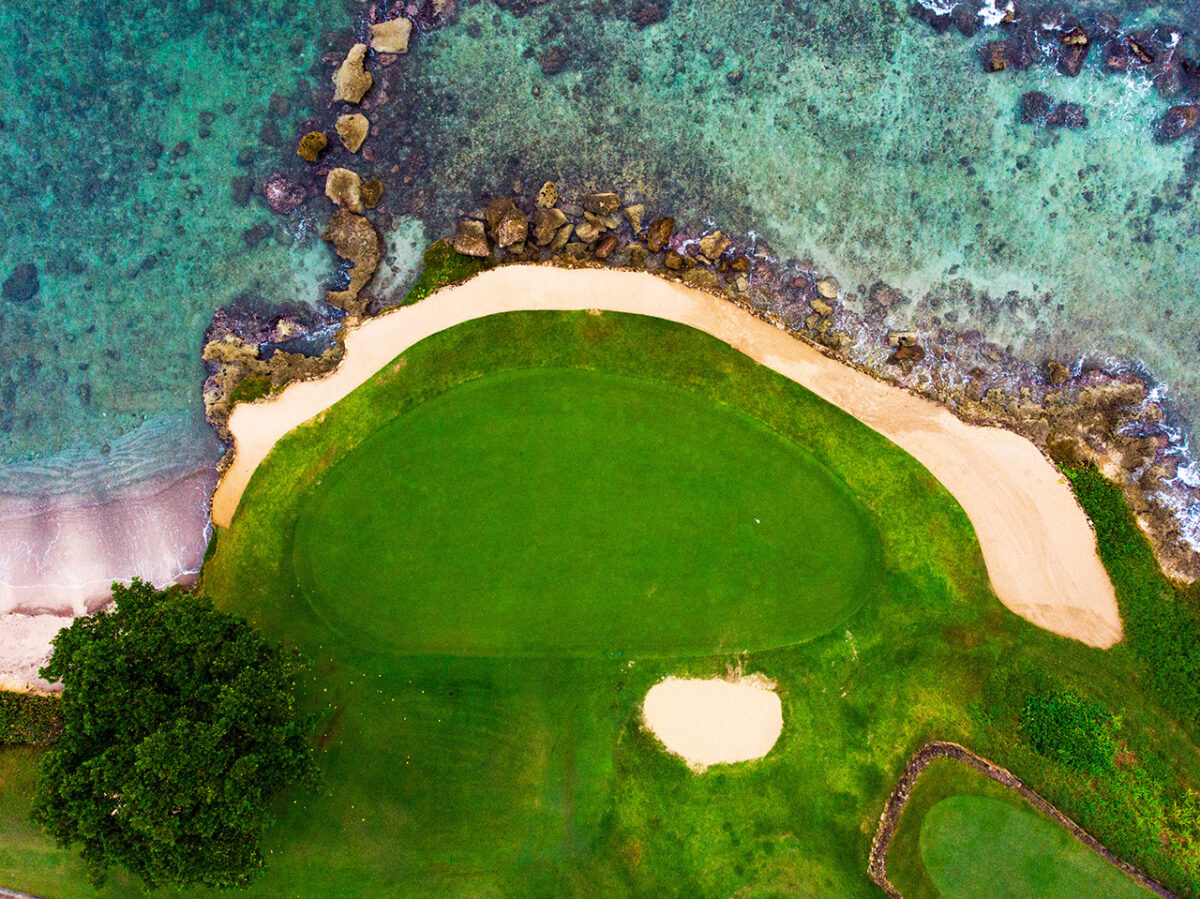The Latin America Amateur Championship will return on January 20, 2022 after being canceled in 2021 due to COVID-19.
The 72-hole event, formed in 2015 by Augusta National, the USGA, and the Royal and Ancient Golf Club, was conceived in order to encourage the growth of amateur golf in Latin America. The opportunities for the winner are the stuff of dreams: an invite to the Masters, The Open Championship, and both the U.S. and British Amateur Championships.
The LAAC has been dominated by Chile, as three players from the South American country have won half of the events (Matias Domínguez, 2015; Toto Gana, 2017; Joaquín Niemann, 2018). Mexico’s Alvaro Ortiz, Costa Rica’s Paul Chaplet, and Argentina’s Abel Gallegos are the other three winners.
Heading into this year, Mateo Fernandez de Oliveira, who hails from Argentina and plays his college golf at Arkansas, is the highest-ranked amateur player; he is currently 43rd in the world.
[mm-video type=video id=01fsrnsjhf7krhg29p7z playlist_id=01es6rjnsp3c84zkm6 player_id=01evcfxp4q8949fs1e image=https://images2.minutemediacdn.com/image/upload/video/thumbnail/mmplus/01fsrnsjhf7krhg29p7z/01fsrnsjhf7krhg29p7z-0184d1114c36e5a8b4789c61044078e5.jpg]
The 25 countries that have yet to claim a winner have some potential challengers this year. Panamanian Omar Tejeira Jaen (62nd), Brazilian Andrey Borges Xavier (80th) and Peruvian Julián Pericó (100th) are clear contenders to earn a victory.
The range of age in the field is 39 years. The youngest player is Ezequiel Cabrera a 14-year-old Paraguayan while the oldest is 53-year-old Costa Rican veteran Álvaro Ortiz.
Whoever wins the 2022 edition will do it on a Pete Dye course that he believed to be his favorite among his world-class designs.
Teeth of the Dog, located on the Casa de Campos resort in the Dominican Republic, has seven holes that run along the edge of the ocean. Dye credits “the man upstairs” for the construction of those scenic holes; the other eleven holes, which sit farther from the cliffs, required some of Pete and Alice Dye’s magic touch.
In true Dye fashion, the bold landscape was made bolder through extremely laborious work. Built in the 1960s, the land needed serious massaging, but bringing the proper equipment over to the Dominican Republic was far too expensive. The majority of the land was infertile, spotted with coral and limestone. The course earned its name when the workers compared the limestone to the “diente de perro” or Teeth of the Dog.
Casa de Campo: The definition of oceanside golf in the Dominican Republic
Hundreds of laborers used hammers to pound away the hard material in order to replace it with soil. But where would the soil come from? Dye and his team used oxen-pulled wagons to transport soil to the site from a mile down the road. These were not large wagons, one square yard of soil fit in each wagon; they were typically used to move sugarcane. Continuing the trend of resourcefulness, Dye mixed a sugarcane byproduct – cachaza – with sand and soil to construct his topsoil.
As they began routing the course, large rocks and boulders impeded the playing corridors. With painstaking effort, the laborers moved the heavy rocks to the edges of the fairway. Once all the rocks were moved, they created a stone wall that actually covered two miles of terrain.
It’s no wonder that Tom Doak said Teeth of the Dog was built “with a degree of craftsmanship seldom seen today.” The Dye’s stayed on the property while Teeth of the Dog was built, visiting the site almost daily. The laborers, who spent hours building calluses as they pounded limestone and coral, demonstrated their craftsmanship as they delicately built greens and bunkers using hand rakes and shovels.

The breakdown of inland and water holes at Teeth of the Dog is the same as Pebble Beach. Both have 11 inland holes and seven holes on the water. For Tom Doak, there is no comparison between Pebble’s inland holes and those at Teeth of the Dog. In The Confidential Guide to Golf Courses” Doak wrote, “The starting holes of Teeth of the Dog are especially good, letting golfers stretch their muscles before they reach the par-5 3rd.”
The holes along the water are what separate Teeth of the Dog and earn its reputation as the best Caribbean course and a top-tier course in the world. Holes 5-8 and then 14-17 both run along the Caletón de la Majagua.
Photographer Brain Morgan famously said that Teeth of the Dog has seven holes in the water. Anyone who has seen the fifth hole knows what Morgan is talking about; the tee box and green both jut out into the ocean. According to Doak, both sets of water holes would be the “best stretch of holes on 99 percent of golf courses.”
Whoever wins the 2022 LAAC will require the skill to hit all the necessary shots and avoid the manmade distractions that Pete and Alice Dye created along with Mother Nature’s distractions just off the coast of the Dominican Republic.
[lawrence-related id=778202014,778199216,778198858]
